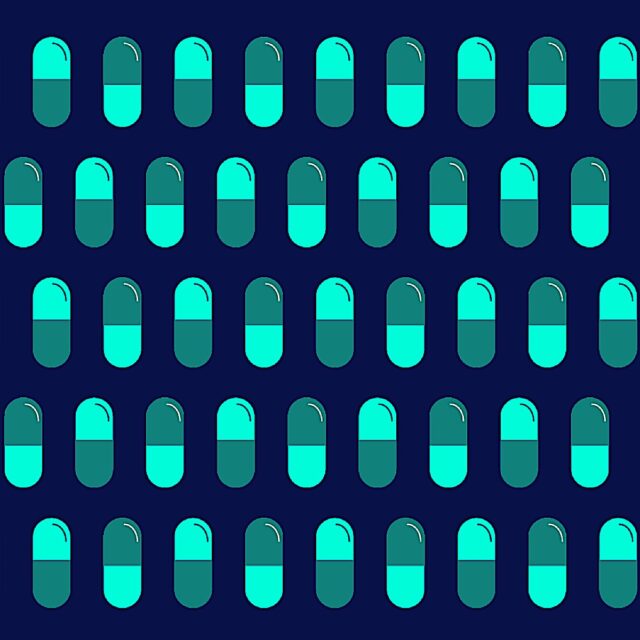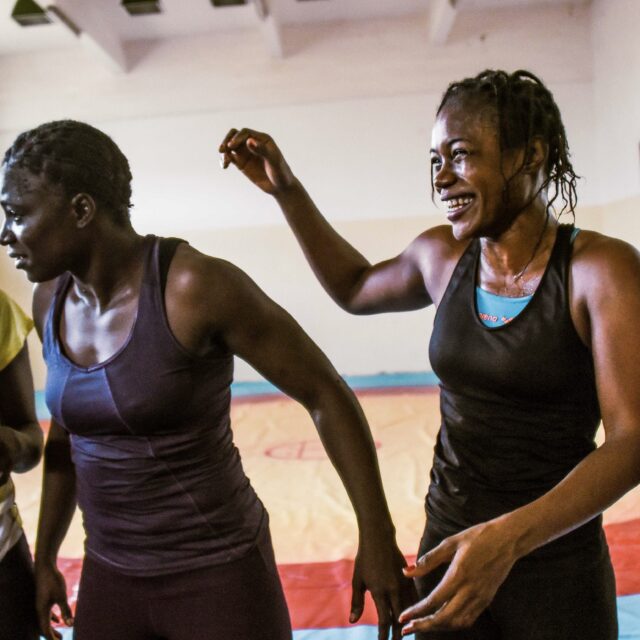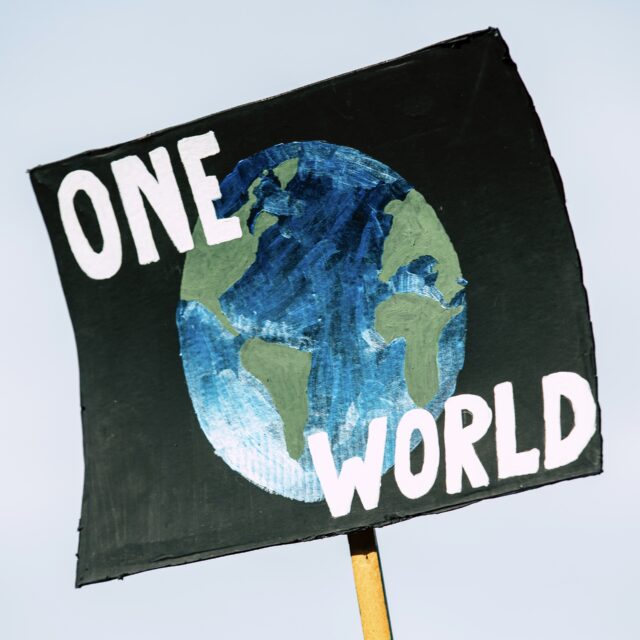Depending on how you look at it, data on the HIV/AIDS epidemic can tell two very different stories. On the one hand, the world has made huge progress against HIV/AIDS. For example, over two thirds of all people living with HIV are receiving treatment. On the other hand, there are still way too many people contracting HIV, and donor funding is the same as it was a decade ago.
No matter how you look at it, the story is far from over. The world has seen a lot of news on HIV/AIDS in the past year; from the uplifting news of a fully funded Global Fund, to the unfortunate news that a recent HIV vaccine was proven ineffective in trial.
We’ve rounded up some things you should know — both about the good news and about the challenges we face — to tell the full story of these numbers.
Treatment
- 67% of the people who need treatment for HIV are getting it – that’s 25.4 million people accessing the treatment they need to live healthy and productive lives.
- Over 12.5 million people living with HIV are still not accessing the treatment they need.
New infections
- 1.7 million people became newly infected with HIV in 2019, meaning no progress was made from the year before.
- The world has cut new infections among children by more than half since 2010.
- Three people contract HIV every minute.
- Young women account for 70% of new infections among young people in sub-Saharan Africa.
Key populations
- Key populations and their sexual partners accounted for 62% of new HIV infections globally.
- The risk of acquiring HIV is:
- 26 times higher among gay men and other men who have sex with men.
- 29 times higher among people who inject drugs.
- 30 times higher for sex workers.
- 13 times higher for transgender people.
Funding
- The countries most affected by HIV are spending more fighting it than ever before.
- Donor governments spent $7.8 billion to combat HIV in low- and middle-income countries in 2019, similar to funding levels a decade ago. And total financing is far short — $6.4 billion short — of where it needs to be in 2020 to end AIDS for good.
- Nearly 90% of donor government funding comes from just five countries: the US, the UK, France, the Netherlands and Germany.
What the future holds
- COVID-19 is wreaking havoc on the globe and the pandemic’s potential impacts in low- and middle-income countries are staggering. The lockdowns and border closures imposed to stop COVID-19 are impacting both the production of medicines and their distribution, potentially leading to increases in cost and to supply issues for antiretroviral medicines used to treat HIV.
- UNAIDS predicts that a six-month complete disruption in HIV treatment could lead to more than 500,000 additional deaths from AIDS-related illnesses, nearly doubling the annual deaths.
- Any slowdown in the HIV response now also risks a resurgence of the virus as Africa’s population grows. The number of young people in sub-Saharan Africa is growing faster than any other region in the world.
So how does this end?
The outcome rests squarely on the shoulders of today’s leaders. To accelerate our impact and ensure that every person can get the care and treatment they need, they must take action to close the resource gap, support innovation, and strengthen health systems. Anything less could surrender the hard-earned gains of the past decade.



